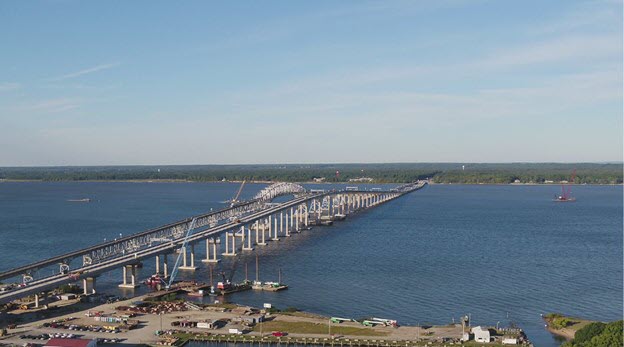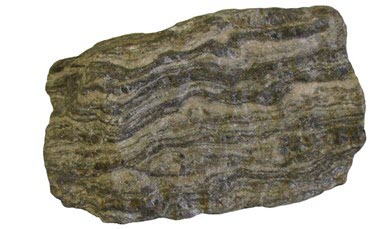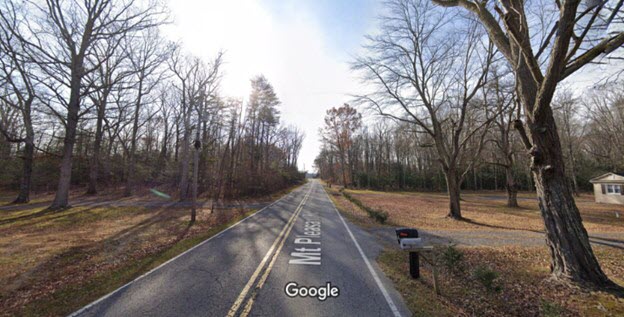Brian Brenner, P.E., F.ASCE, is a professor of the practice at Tufts University and a principal engineer with Tighe & Bond, in Westwood, Massachusetts. Brenner’s collections of essays, Don’t Throw This Away!, Bridginess, and Too Much Information, were published by ASCE Press and are available at the ASCE Library.
In his new Civil Engineering Source series, “More Water Under the Bridge,” Brenner shares some thoughts each month about life as a civil engineer, considering bridge engineering from a unique, often comical point of view.
The old Nice Bridge in Maryland and Virginia has been replaced by the new Nice Bridge. The old Nice Bridge was the southernmost crossing of the Potomac River before it empties into the Chesapeake Bay. It features a two-lane continuous truss structure carrying Route 312 over the river. For the main span, the truss leaps out on top of the roadway. It is a design style first developed by the engineer Charles Spofford, of the old firm Fay, Spofford & Thorndike in Massachusetts. The structural type was widely used on many bridges from the 1930s to 1960s, but it eventually fell out of favor and was replaced by tied arches, longer-span beam bridges, and cable-stayed bridges.
Over time, the old Nice Bridge was not as nice due to deterioration and long-term wear and tear. The new Nice Bridge was built alongside it. The new bridge features long-span steel-composite concrete girders. The main span maintains the overall superstructure depth of the bridge but is haunched at the piers. The overall profile of the new bridge is slender if nondescript. It is not grandiose, but it looks like a slender ribbon crossing the river. It is nice.

The old Nice Bridge opened in 1940. It was named the Potomac River Bridge. In 1968, it was renamed the Harry W. Nice Bridge, in honor of Maryland’s Governor Nice. Regardless of political issues and affiliation, one can argue that the Governor was well-named to be a politician. He was Nice. More recently, Maryland Senator “Mac” Middleton has been a key proponent of support for the new bridge. So the crossing was officially renamed the “Governor Harry W. Nice–Senator Thomas ‘Mac’ Middleton Bridge.” The full official name probably is not used on most road signs.

The new Nice Bridge is supported on piles that likely extend down to rock. I am not sure, but if it is a metamorphic rock, it could be gneiss. Gneiss is thought to have poorly developed schistosity. I have included that fact as part of our discussion because I am intrigued by the word schistosity.
Occasionally, the top of rock layers is poorly weathered. In terms of bridge support for the Nice Bridge, that would not be nice gneiss. Likely, if poorly weathered rock of any type was encountered during construction, appropriate procedures were applied. Ultimately, the bridge would be supported by nice gneiss (assuming there was gneiss).
In communities near the new Nice Bridge, one can find roadways named “Pleasant Street” or “Pleasant Road.” In my detailed and elaborate research for this article (I Googled), I determined that the village of Malcom has a street called “Mount Pleasant Road.” The setting of Mount Pleasant Road is pleasant. It is a semirural site with rolling farmland, woods, and country homes. An interesting journey would be to drive southbound on Mount Pleasant Road and eventually cross the Nice Bridge. The overall journey would be salubrious.

The old Nice Bridge was in service for many decades before its recent replacement. It performed its service well. The old bridge provided a historical snapshot of a structure type whose time has passed. It was not considered historic enough for rehabilitation. In addition, the old roadway had substandard geometry. A full replacement was chosen as the best option. But during its time on earth, the old workhorse bridge did its job well, and that was nice.



